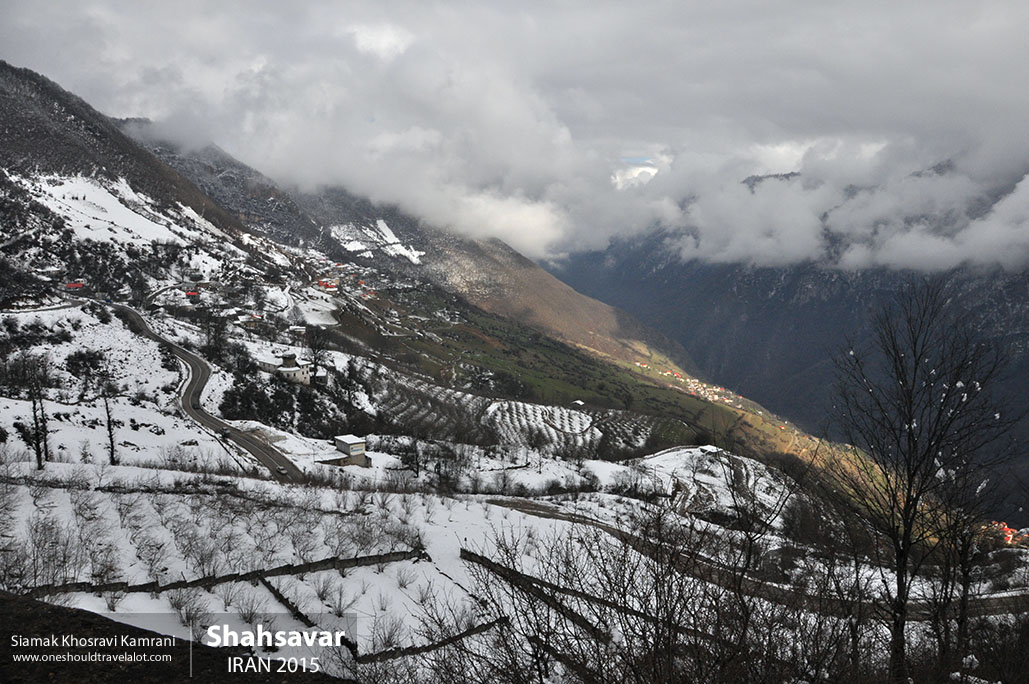Astara: A Hidden Gem on the Caspian Coast
Astara, a charming city nestled on the southwestern coast of the Caspian Sea, is one of Azerbaijan’s most picturesque locations. This coastal gem offers a blend of natural beauty, rich culture, and warm hospitality that makes it a perfect destination for any traveler, especially a passionate photographer eager to capture its essence.
First Impressions
As I arrived in Astara, the first thing that struck me was the serene atmosphere. The city’s location, right on the border with Iran, gives it a unique cultural flavor, combining Azerbaijani and Persian influences. The salty breeze from the Caspian Sea mingled with the scent of blooming flowers, creating an intoxicating aroma that instantly made me feel at ease.
The Scenic Beauty of Astara
The Caspian Coastline
Astara’s coastline is a photographer’s paradise. The long stretch of sandy beaches, with the gentle waves of the Caspian Sea lapping at the shore, offers endless opportunities for stunning shots. Early morning and late afternoon provide the best lighting for capturing the tranquil beauty of the sea, with the sun casting a golden glow over the water.
Hirkan National Park
Just a short drive from the city, Hirkan National Park is a must-visit for nature lovers. This UNESCO World Heritage site is home to some of the last remnants of the ancient Hyrcanian forests, which once covered much of the Northern Hemisphere. As I ventured into the park, I was greeted by towering trees, lush greenery, and a symphony of birdsong. The park is also home to the endangered Persian leopard, and while I didn’t catch a glimpse of this elusive creature, the thought that it roamed these woods added an element of thrill to my adventure.
A Cultural Mosaic
Local Markets
Astara’s local markets are a vibrant tapestry of colors, sounds, and smells. Wandering through the bustling stalls, I was captivated by the array of fresh produce, spices, and handcrafted goods. The vendors, with their friendly smiles and animated conversations, added to the lively atmosphere. I found myself particularly drawn to the stalls selling traditional Azerbaijani sweets, like pakhlava and shekerbura, beautifully arranged and glistening with syrup.
Language and Traditions
Azerbaijani is the primary language spoken in Astara, but due to its proximity to Iran, Persian is also widely understood. This bilingual nature adds a fascinating layer to the city’s cultural fabric. I enjoyed learning a few basic phrases in Azerbaijani, and the locals seemed to appreciate my efforts, often responding with enthusiastic smiles and gestures of encouragement.
One of the most intriguing aspects of Astara’s culture is its traditional music and dance. I had the opportunity to attend a local celebration, where musicians played the tar and kamancheh, string instruments that produced hauntingly beautiful melodies. The dancers, dressed in vibrant costumes, performed intricate routines that told stories of love, heroism, and the beauty of nature.
Exploring Astara’s History
The Old City
Astara’s Old City is a treasure trove of historical architecture and ancient monuments. As I strolled through the narrow, winding streets, I felt as though I had stepped back in time. The old stone buildings, adorned with ornate carvings and colorful tiles, provided a stark contrast to the modern structures found elsewhere in the city. Each corner seemed to hold a new discovery, from ancient mosques to quaint tea houses where locals gathered to chat and sip aromatic tea.
Astara Museum of Local Lore
To gain a deeper understanding of Astara’s rich history, I visited the Astara Museum of Local Lore. The museum’s exhibits showcased a fascinating array of artifacts, from ancient pottery and tools to traditional clothing and jewelry. The knowledgeable guides shared stories of the city’s past, explaining how Astara had evolved over the centuries, influenced by various cultures and civilizations that had passed through the region.
Culinary Delights
No visit to Astara would be complete without indulging in its culinary delights. The city’s cuisine reflects its diverse cultural heritage, offering a tantalizing mix of Azerbaijani and Persian flavors. I found myself drawn to the local restaurants, where the aromas of freshly cooked dishes wafted through the air, tempting me to try everything on the menu.
Traditional Azerbaijani Cuisine
One of the highlights of my culinary journey was sampling dolma, vine leaves stuffed with a savory mixture of minced meat, rice, and herbs. The delicate balance of flavors, with the tanginess of the vine leaves complementing the rich filling, made it a memorable dish. Another favorite was lavangi, a stuffed chicken or fish dish cooked with walnuts, onions, and various spices, creating a deliciously complex taste.
Persian Influences
The Persian influence on Astara’s cuisine is evident in dishes like kebabs and pilaf. I particularly enjoyed trying kebab koobideh, succulent minced meat kebabs seasoned with saffron and other spices. Served with fluffy saffron rice and grilled tomatoes, it was a feast for both the eyes and the taste buds.
The People of Astara
One of the most enriching aspects of my visit to Astara was the warmth and hospitality of its people. Despite the language barrier, I found that a smile and a friendly attitude went a long way in making connections. The locals were eager to share their stories, traditions, and even invite me into their homes for a cup of tea or a home-cooked meal.



